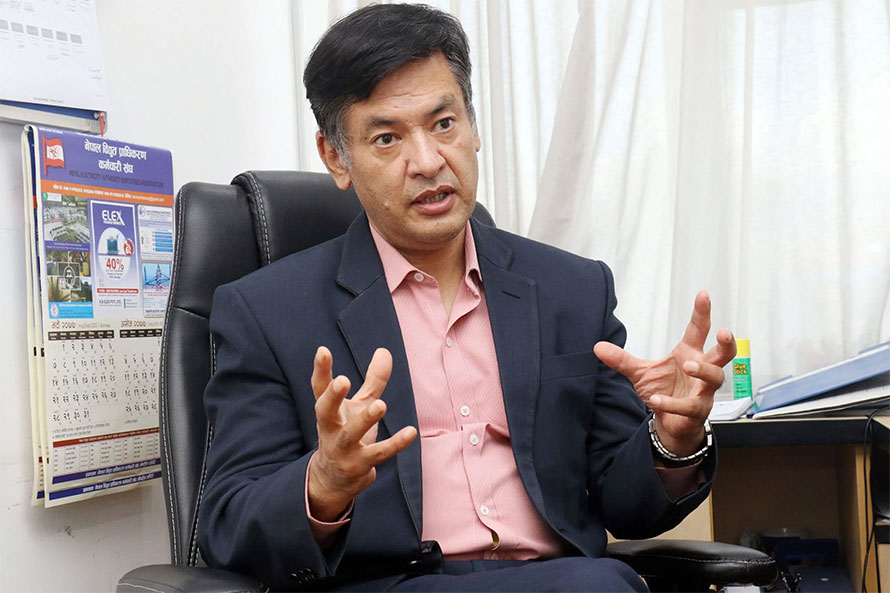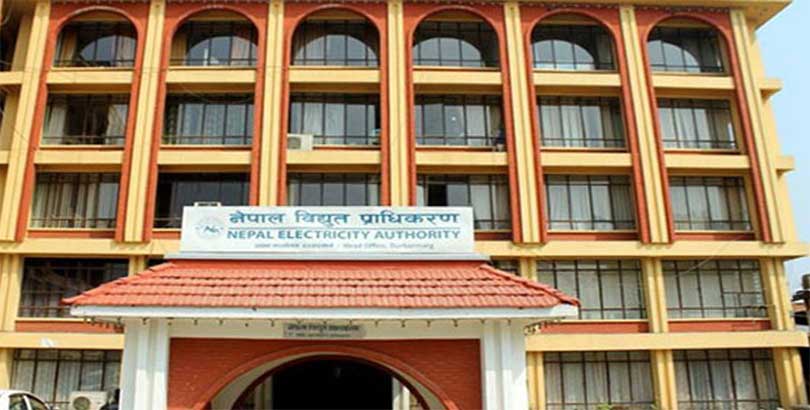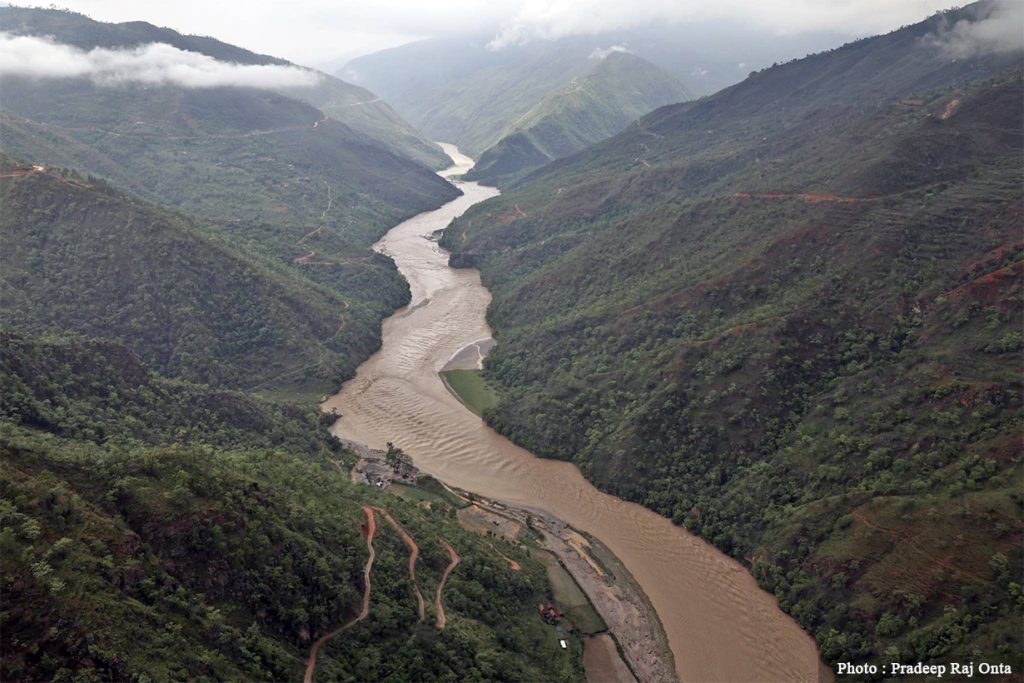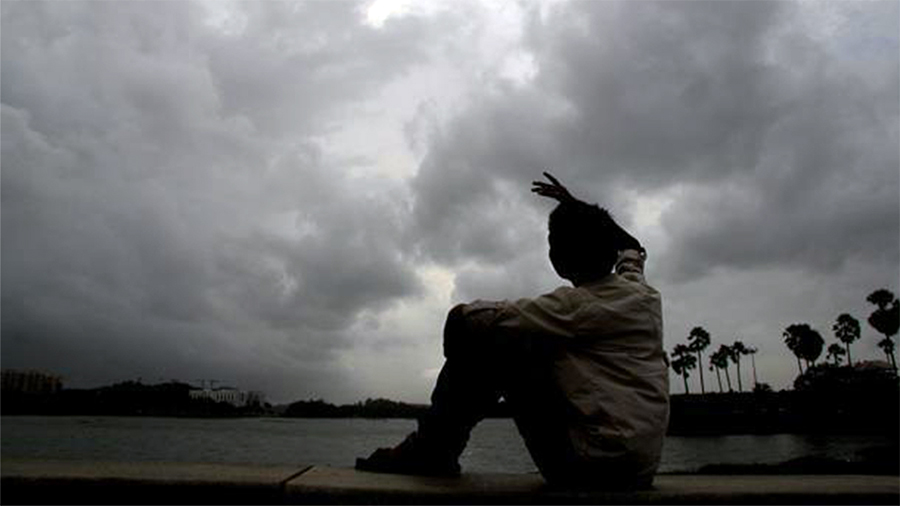On April 14, India allowed the Nepal Electricity Authority (NEA) to purchase and import electricity from the energy exchange market of India’s NTPC Vidyut Vyapar Nigam Limited.
Accordingly, the NEA has started purchasing electricity from the Indian market at a competitive rate when needed. However, India has been reluctant to arrange for the sale of Nepal’s electricity through the same market.
The authority has not got permission for the export and sale of excess electricity in the Indian market even after months of seeking permission. This has led to confusion over the management of excess electricity generated during the rainy season. The NEA fears it might have to waste electricity, as much as 900 megawatts, if that could not be exported to India this rainy season.
Expecting excess production
It is mentioned in the budget plan for the coming fiscal year that 1,629 megawatts of electricity will be added to the national grid by completing various hydropower projects. It is projected to generate 228 megawatts from Upper Tamakoshi, 11 megawatts from Rasuwagadhi, 56 megawatts from two projects in Sanjen, 37 megawatts from Upper Trishuli 3B, 40 megawatts from Rahughat, 102 megawatts from Madhya Bhotekoshi and 155 megawatts from other private projects.
If the generated electricity is connected to the transmission line as per the production target, it has to be exported even in the daytime besides nighttime. For that, the government has already given pre-approval to the NEA to sell electricity in the day-ahead and term-ahead markets of India.
But, the NEA fears that Nepal might have to lose millions of rupees in the rainy season due to the delay in obtaining approval from India although it had issued the Conduct of Business Rules (CRB) in February last year for the very purpose.

In the first phase, the NEA had proposed to sell the 456 megawatts and 45 megawatts of electricity generated at Upper Tamakoshi and Bhotekoshi projects respectively in the Indian energy exchange market during the rainy season. Despite sending the required documents for that, India has not responded yet.
Likewise, some units of Upper Tamakoshi are expected to start commercial production by July. Consequently, 500 megawatts will be added to the electric power system by September, informs Hitendra Dev Shakya, the NEA managing director.
At present, the authority has an installed hydropower capacity of 1,400 megawatts. “There is an internal demand of only 900 megawatts at night,” says Shakya, “We may have to export 900 megawatts at night by August-September.”
The NEA is afraid that such excess electricity might go to waste.
Madhu Bhetwal, the spokesperson for the Ministry of Energy, says the NEA is participating in various bids called for the sale of electricity in India. “Necessary initiatives are also being taken to sell electricity through the day-ahead market. Recently, the energy secretary has talked to his Indian counterpart.”
Risk of resource wastage
If permission is not given to export electricity to the Indian market before the rainy season, it is likely that more electricity will go to waste this year than last year. In the previous rainy season, up to 300 megawatts of electricity had gone to waste in Nepal. The NEA is worried that a large amount of electricity will be waste during the rainy season this year.
As there is no power export agreement at the government level, India is not obliged to buy Nepal’s surplus electricity. In the rainy season of 2019, the NEA had exported electricity worth more than Rs 800 million to India. But now, electricity consumption in India has also declined since the Covid-19 pandemic hit the country last year.
When the water levels in rivers decrease in winter, the electricity generated in Nepal is not sufficient to meet the domestic demand, thus electricity has to be imported from India to meet the demand. However, during the rainy season, except during peak hours, the electricity generated in Nepal sufficiently meets the domestic demand. But, at night, as the consumption decreases, the plants have to shut down and electricity has to be wasted.
During the rainy season, when it rains, the water levels in the rivers increase, subsequently the production of electricity also increases. At that time, all the hydropower projects can be operated at full capacity. In such a situation, the NEA has been shutting down the production units of its projects as the production is more than the demand. It is termed as an ‘energy spill’.

The NEA has to compensate the private producers for their energy spill as they have entered into a purchase agreement in the ‘take or pay’ model.
Low domestic consumption
The government’s plan to consume more electricity during the rainy season is in limbo. Till last fiscal year, electricity consumption per person was 260 units. The target was to increase it by 90 units to reach 350 units in the current fiscal year. However, it is unlikely to reach 300 units by the end of this year.
It is because factories and hotels have not been able to operate at full capacity due to the imposed prohibitory order as of now. Due to this, the demand for electricity has not been able to rise. In this case, the next few months will be a big challenge for the NEA to not waste too much electricity.
However, in the absence of a policy to encourage per-person energy consumption in the country, the issue of increasing consumption has been limited to papers.
To increase electricity consumption, the government has reduced taxes on induction cookers, electric vehicles and electrical appliances as announced in the budget speech. Shakya says that there is no alternative to exporting excess electricity as this policy will not increase consumption immediately.
“If the export route is not opened, a lot of electricity could be wasted,” he asserts, “We are trying to prevent that from happening.”


























